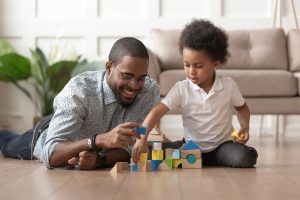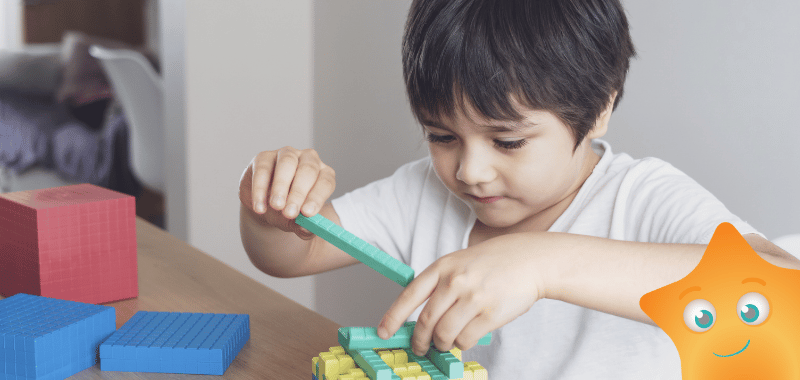While the world has seemed to pause during the ongoing pandemic, child development has not. Children have continued to learn and grow, but now in very different ways. They suddenly stopped attending in-person school, seeing their friends and family, and going to birthday parties, field trips and other events that we used to take for granted. Today, some children are back in school while others are continuing with virtual learning. As the world slowly starts up again, a very important question arises:
how do we best support children during this time?
What are developmental milestones?
Developmental milestones refer to “things that most children can do by a certain age”. These are general guidelines that pediatricians, developmental specialists and other child experts follow to ensure your child is on the right path. Of course, please keep in mind that milestones are mere “averages”. Every child is different, and that’s okay! The most important thing is that your child is learning and growing in a healthy and happy way. If you have any concerns or questions about your child’s development, request an appointment with your healthcare provider.
Why are developmental milestones important?
Knowing what to expect at each age can benefit you and your child greatly. You will have a stronger understanding of what your child is capable and not capable of doing, and can therefore better accommodate their needs. You will be able to plan activities at home that match your child’s skill level, or that support the skills that they are currently working on. Developmental milestones can also tell you if your child is behind in a certain area of development, which can help you receive early intervention. Learning developmental milestones can even help keep children safer; for instance, knowing at what age they can start doing some tasks without supervision.
How are developmental milestones categorized?
Developmental milestones in childhood can be divided into four core domains:
- Social and emotional. This refers to how children express and manage their feelings, develop relationships and learn to socially interact.

- Motor. Gross motor skills refer to the development of large muscle groups. Fine motor skills refer to small muscle groups, especially in the hands.

- Cognitive. This refers to how children think, learn, understand, problem solve, reason and remember.
- Speech and language. This refers to all the different ways children understand and communicate language.
The following information will guide you through the expected milestones during the childhood years. For the purpose of this article, we consider childhood as ages 2 to 10 (Learn more about why we consider childhood to end at 10 years old here.). Milestone information is referenced primarily from My Health Alberta and Stanford Children’s Health.
Click the link to view – Expected Milestones During the Childhood Years (Ages 2-10 Years)

